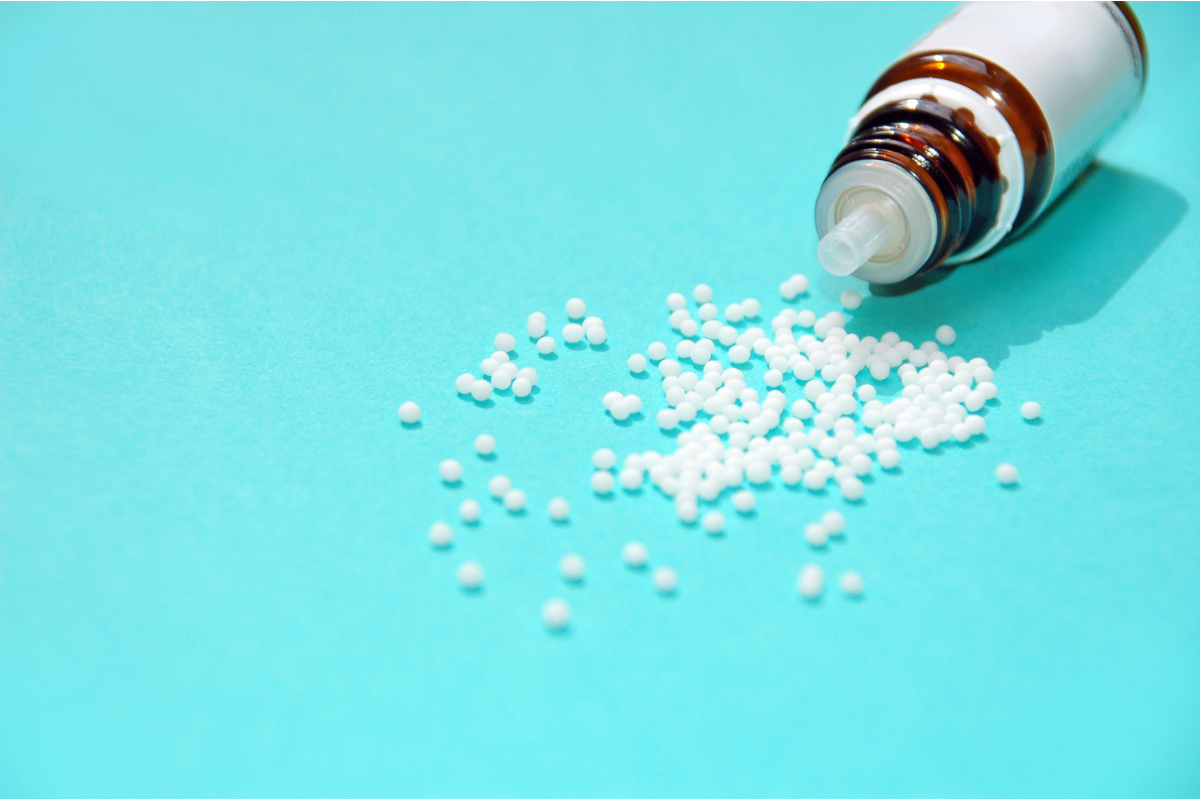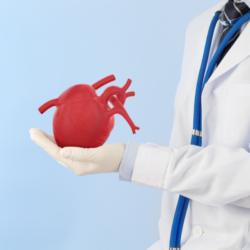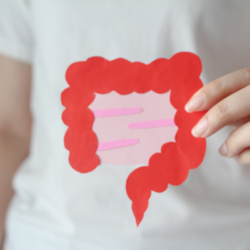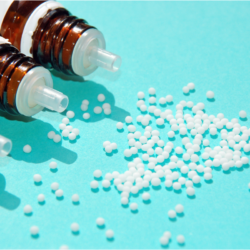Impetigo is a contagious skin infection that mainly affects children, but can also affect adults. This skin condition, which manifests itself as red, oozing skin lesions sometimes covered with yellowish crusts, is caused by bacteria. Although conventional medicines such as antibiotics can treat impetigo, some patients prefer more natural homeopathic treatments. In this article, we’ll discuss some homeopathic remedies that can help treat impetigo.
What is impetigo?
Impetigo is a bacterial skin infection characterised by the appearance of red, oozing skin lesions that spread rapidly. Yellowish crusts often cover the lesions, which can appear anywhere on the body. However, it is most common around the mouth and nose. Impetigo is highly contagious and spreads easily through direct contact with an infected person or contaminated objects.
Symptoms of impetigo
The signs of impetigo are the appearance of lesions on visible areas of the body, such as the mouth, nose or skin covered by clothing. These lesions are characterised by red blisters that form clusters and ooze. Sometimes yellowish crusts appear, harbouring numerous germs. The itching that accompanies the lesions also encourages their spread. If left untreated, the infection can worsen, causing new symptoms such as fever, pain and inflamed lymph nodes. Self-infection is also a factor in the spread of lesions to other parts of the body, such as the ears, scalp or navel. Children often intentionally touch their scabs, which spreads the infection.
What causes impetigo?
The main pathogens of impetigo are the bacteria Staphylococcus aureus and Streptococcus pyogenes. These bacteria enter the body through small cuts or abrasions, or even through healthy skin, exploiting a weakened skin barrier.
Factors favouring impetigo include hot, humid weather, activities that encourage physical contact (such as certain sports), and pre-existing skin lesions. Children, with their still-developing immune systems and close interactions in environments such as schools and playgrounds, are particularly vulnerable.
It is important to stress that impetigo, although highly contagious, is not inevitable. A thorough understanding of its causes and transmission mechanisms can play a crucial role in prevention and treatment. This raises the question of the effectiveness of traditional and alternative preventive approaches, such as homeopathy.
On the one hand, conventional treatments target the symptoms and pathogens of impetigo with antibiotics. Although these treatments are generally effective, they raise concerns about antibiotic resistance and potential side effects, particularly in children.
Homeopathy, on the other hand, offers a holistic approach, seeking not only to treat impetigo but also to strengthen the immune system to resist infection. Proponents of homeopathy argue that by treating the body as a whole, it can offer a more sustainable and less invasive solution.
When is impetigo no longer contagious?
Impetigo is a common and highly contagious skin infection, especially in children. To understand when impetigo is no longer contagious, it’s important to look at the infection process and the effectiveness of treatment.
First of all, impetigo is caused by bacteria, usually Staphylococcus aureus or Streptococcus pyogenes. Contagion occurs through direct contact with infected lesions or objects contaminated by these bacteria. Typically, impetigo remains contagious as long as the lesions are present and untreated.
However, the start of antibiotic treatment marks a turning point in the risk of contagion. Antibiotics, prescribed either as a cream or orally, work by eliminating the bacteria responsible for the infection. In general, a patient with impetigo becomes significantly less contagious around 24 hours after the start of effective antibiotic treatment.
It is crucial to note, however, that the reduction in contagiousness does not mean that the infection has been completely eradicated. To effectively reduce the risk of transmission, it is important to continue treatment until the end of the prescription, even if symptoms appear to be improving. This helps to ensure that all the bacteria are destroyed and reduces the risk of antibiotic resistance.
Hygiene measures also play a crucial role in preventing the spread of impetigo. This includes regular hand-washing, the use of clean towels and sheets, and avoiding sharing personal items during the treatment period. These practices are essential to complement the effect of antibiotics and to protect those around the patient.
How can impetigo be treated with homeopathy?
Firstly, impetigo is a superficial skin infection that mainly affects children. The staphylococcus or streptococcus bacteria penetrate scratches or wounds, causing the infection. Overcrowded places, such as schools or sports centres, are a favourable environment for the spread of this infection. Fortunately, homeopathy offers an effective solution for treating impetigo and limiting its spread to other parts of the body.
- Croton tiglium: This homeopathic remedy is often used to treat impetigo when the lesions are filled with clear liquid that drains easily.
- Hepar sulphur: This remedy is often used to treat impetigo when lesions are hot, tender and have a tendency to ooze.
- Graphites: This remedy is often used to treat impetigo when lesions are thick, oozing and covered with a thick crust.
- Mezereum: This remedy is often used to treat impetigo when the lesions are very painful and accompanied by intense itching.
- Silicea: This remedy is often used to treat impetigo when the lesions are painful and ooze a thick liquid.
Other homeopathic treatments for impetigo
In addition to the remedies mentioned above, there are other homeopathic treatments that may be useful in treating impetigo. The following treatments can help relieve the symptoms of impetigo and speed up the healing process:
- Calendula officinalis: This homeopathic remedy is often used to help heal skin lesions and prevent infection.
- Antimonium tartaricum: This remedy is often used to help relieve coughs and respiratory symptoms associated with impetigo.
- Arsenicum album: This remedy is often used to help relieve the burning and itching associated with impetigo.
- Rhus toxicodendron: This remedy is often used to help relieve the joint pain and itching that can accompany impetigo.
How do I take homeopathic remedies for impetigo?
You can take homeopathic remedies for impetigo in the form of granules, drops or tablets. Seek the advice of a qualified homeopath to determine the dosage and duration of treatment. Take homeopathic remedies under the tongue and avoid contact with hands or fingers.
To treat impetigo, we recommend taking 5 granules of Graphites 30 CH and 5 granules of Mezereum 15 CH twice a day on an empty stomach for greater effectiveness. Mezereum alleviates the burning rashes and irritations that accompany the infection during the warmer months.
In fact, it is also possible to take Arum triphyllum 5 CH and Mezereum 9 CH alternately on waking. It is then advisable to continue the treatment with Graphites 5 CH at midday to relieve oozing eruptions and to finish in the evening by alternating Antimonium crudum 5 CH and Petroleum 5 CH, which act on crusty eruptions.
Another form of treatment combines Hepar sulfur 15 CH with Mezereum 9 CH and Graphite 15 CH. The dosage is 5 granules of each remedy 3 times a day. To prevent recurrences, 5 granules of Antimonium crudum 9 CH should be taken as a preventive background treatment.
Advice on preventing impetigo
In addition to homeopathic treatments, there are measures you can take to prevent impetigo. Here are a few useful tips:
- Wash your hands frequently with soap and warm water.
- Avoid touching your face or skin with dirty hands.
- Keep your fingernails short to avoid scratching or hurting your skin.
- Avoid sharing personal items such as towels, combs or hairbrushes.
- If you’ve been in contact with someone who has impetigo, wash your clothes and bedding in hot water to kill the bacteria.
The role of diet and lifestyle in treating impetigo
Treating impetigo goes beyond conventional medicine, involving crucial factors such as diet and lifestyle. This chapter highlights the importance of these elements in the effective management of impetigo, with particular emphasis on their role in a homeopathic approach.
The influence of diet on impetigo
A balanced diet is essential for boosting the immune system, a necessity for fighting infections such as impetigo. Key nutrients, including vitamins A, C and E, as well as minerals such as zinc, are known to play a beneficial role in skin health and healing.
Conversely, certain diets can exacerbate skin conditions. Foods high in sugar, dairy products and processed components can cause increased inflammation, worsening impetigo symptoms.
Lifestyle and prevention of impetigo
Lifestyle, particularly personal hygiene, plays a significant role in the prevention and treatment of impetigo. Maintaining good hygiene is essential to reduce the risk of transmission and spread of infection. At the same time, it is important to avoid chemical products that irritate or dry out the skin, to preserve its natural barriers.
Other factors such as stress, lack of sleep and exposure to polluted environments can reduce immune resistance, increasing susceptibility to impetigo.
When should you consult a doctor?
In conclusion, it is important to consult a doctor if the lesions do not disappear or worsen despite homeopathic treatment. If a child has herpes or chickenpox, he or she should consult a doctor, as impetigo can superinfect these infections.
Homeopathic treatment can help relieve symptoms and speed up the healing of impetigo, even if antibiotics are used. Homeopathic remedies can be used alone or in combination with conventional treatments. Consult a qualified homeopath to determine the most appropriate treatment for your individual case.
FAQ
- Is homeopathy effective in treating impetigo?
There is insufficient scientific evidence to support the effectiveness of homeopathy in treating impetigo. However, some patients report significant improvements in their symptoms with homeopathic treatment.
- Are homeopathic treatments safe for children?
It is important to consult a healthcare professional before giving homeopathic remedies to a child.
- How long does it take for homeopathic remedies for impetigo to work?
Healing time varies according to the individual and the severity of the impetigo. Some patients may experience rapid relief. Others may need several weeks of treatment to see results.





